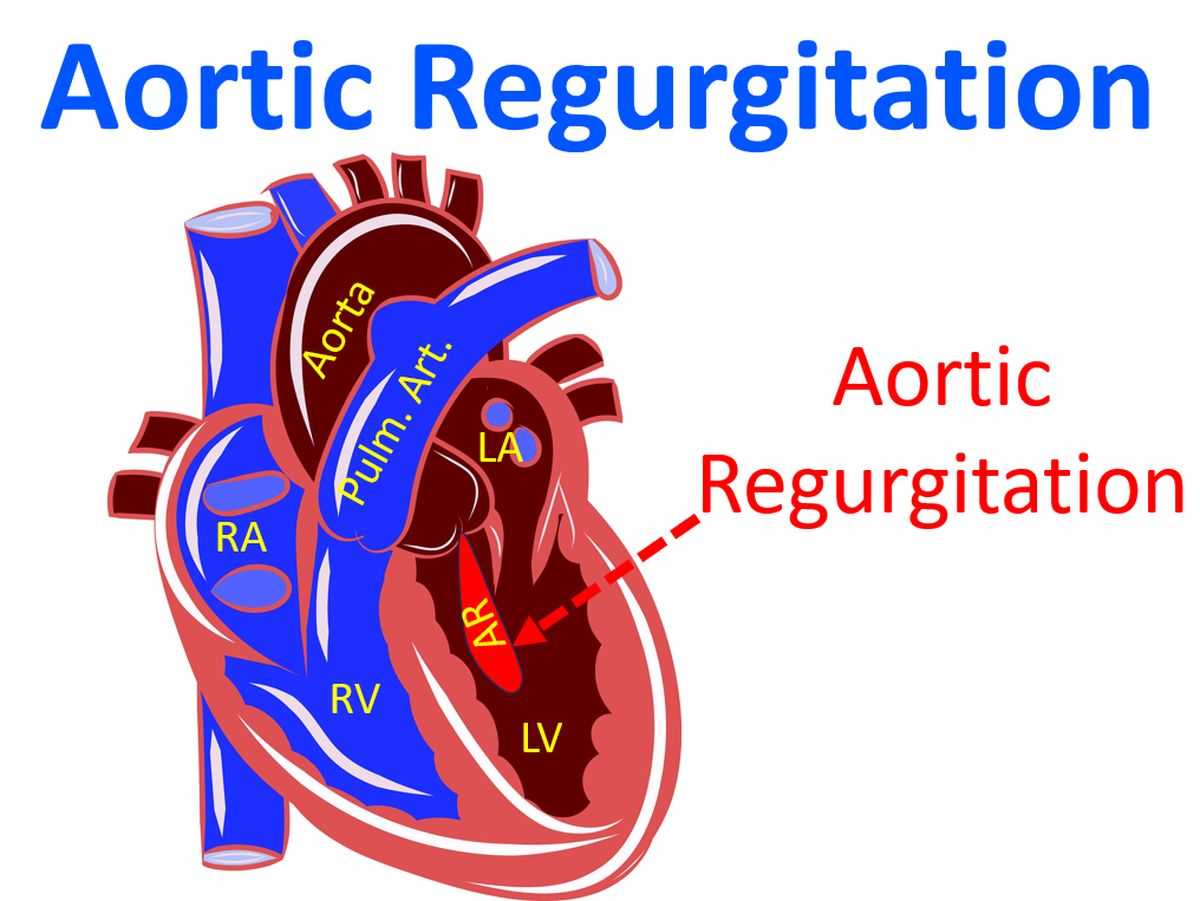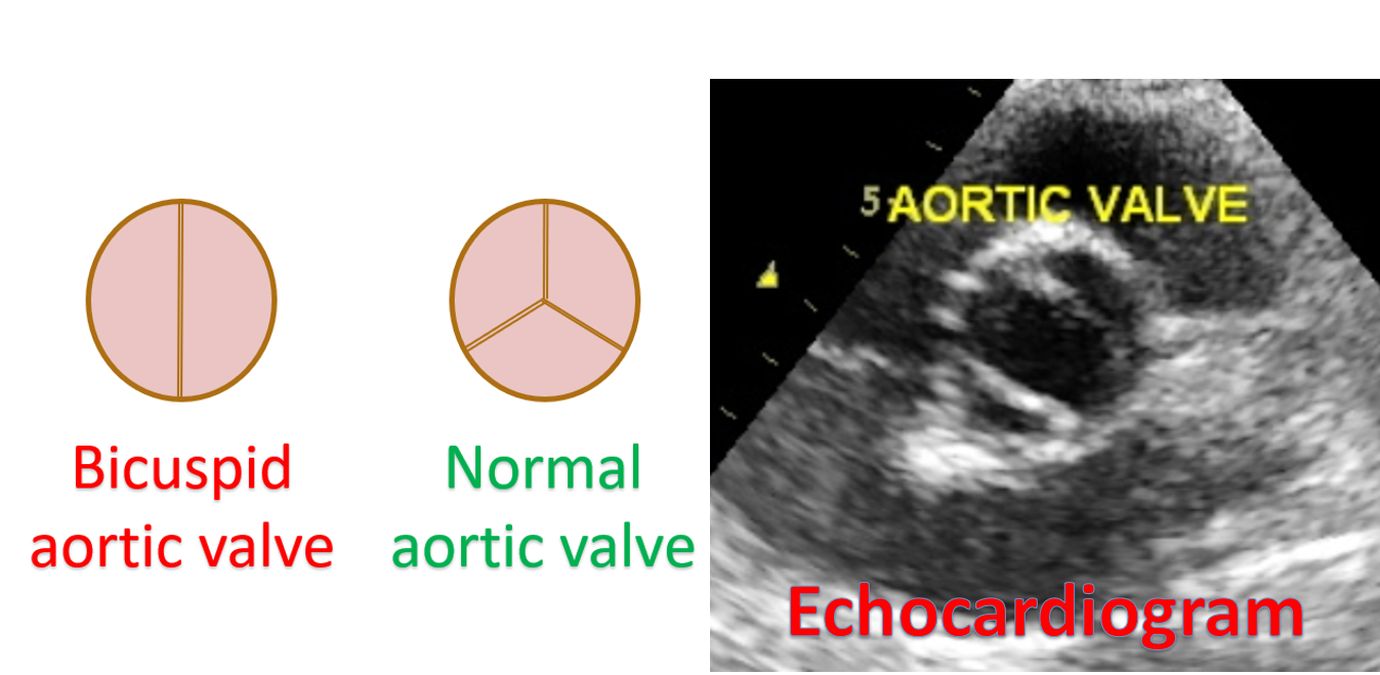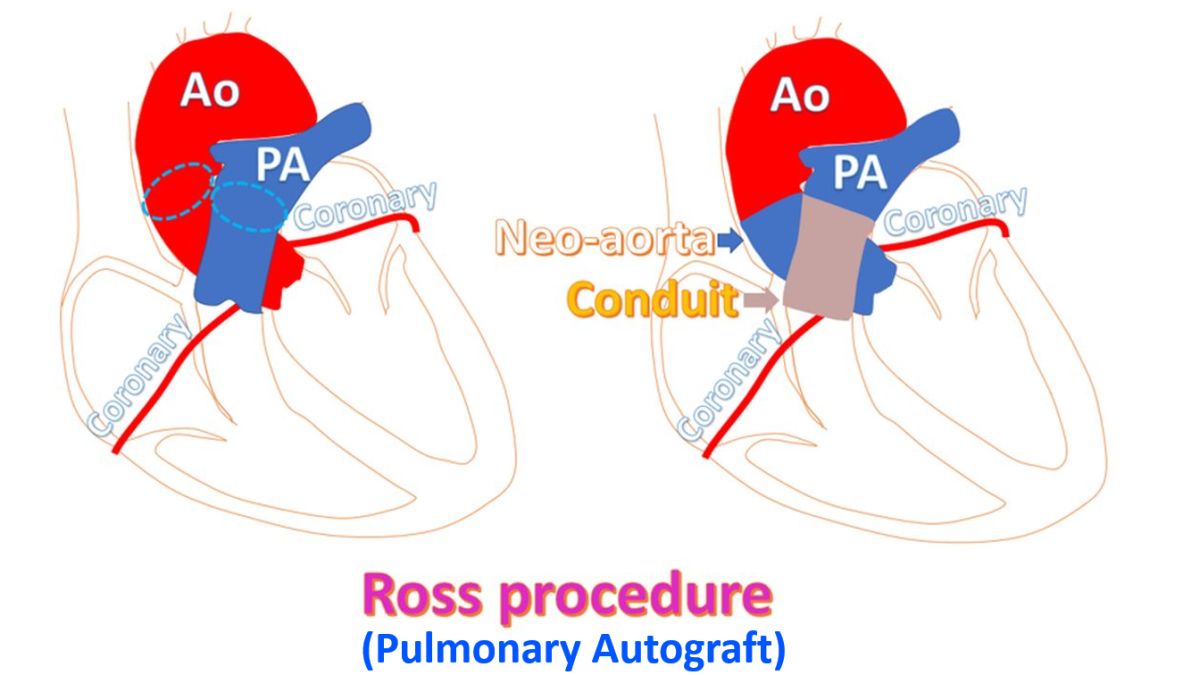Aortic Regurgitation
Aortic Regurgitation
Aortic valve prevents backflow of blood from the aorta. Aortic regurgitation or leakage of the valve between left ventricle and the aorta, can occur due to damage to the aortic valve as well as due to dilatation of the aortic root so that aortic valve leaflets fail to coapt. The latter condition occurs in annulo-aortic ectasia, enlargement of root of aorta and the valve ring, often associated with Marfan syndrome, a disorder of the connective tissue in which the individual has long thin extremities.

Aortic regurgitation due valvular damage can occur in rheumatic fever. A bicuspid aortic valve with two cusps vs normal aortic valve which has three cusps or leaflets, can also become regurgitant as age advances. In the yester years, tertiary syphilis, a sexually transmitted disease caused by a bacterium known as Treponema pallidum, was an important cause of aortic root dilatation and aortic regurgitation.

Aortic regurgitation is quantified in terms of regurgitant fraction, which is the fraction of left ventricular output that regurgitates back. It can be assessed by Doppler echocardiography, the ultrasound imaging of the heart, as well as angiography the x-ray cine fluroscopy aided by injection of radiocontrast material into the aorta. Aortic regurgitation leads a high systolic pressure, low diastolic pressure and a wide pulse pressure. Most of the physical signs of aortic regurgitation are due to this wide pulse pressure. The pistol shot sounds over the femoral arteries, collapsing or water hammer pulse, retinal arterial pulsations, locomotor brachii or pulsation of the artery of the arm near the elbow and dancing carotids are some of them.

Severe aortic regurgitation leads to dilatation of left ventricle and left ventricular failure. When the left ventricle fails, end diastolic pressure rises and leads to elevated left atrial pressure and pulmonary congestion. Symptomatic aortic regurgitation needs aortic valve replacement. Aortic valve replacement can be done using mechanical or bioprosthesis. Mechanical prosthesis requires life long anticoagulation while anticoagulation can be discontinued after an initial period in bioprosthesis, an artificial valve with animal tissue stitched on a supporting ring. Another novel technique for aortic valve replacement, especially in children is pulmonary autograft, known as Ross procedure. The pulmonary valve along with part of the main pulmonary artery is taken and made into a neo-aortic root. Homograft replacement of aortic valve can also be considered in places with homograft banks. Availability is often a problem in case of homografts.

